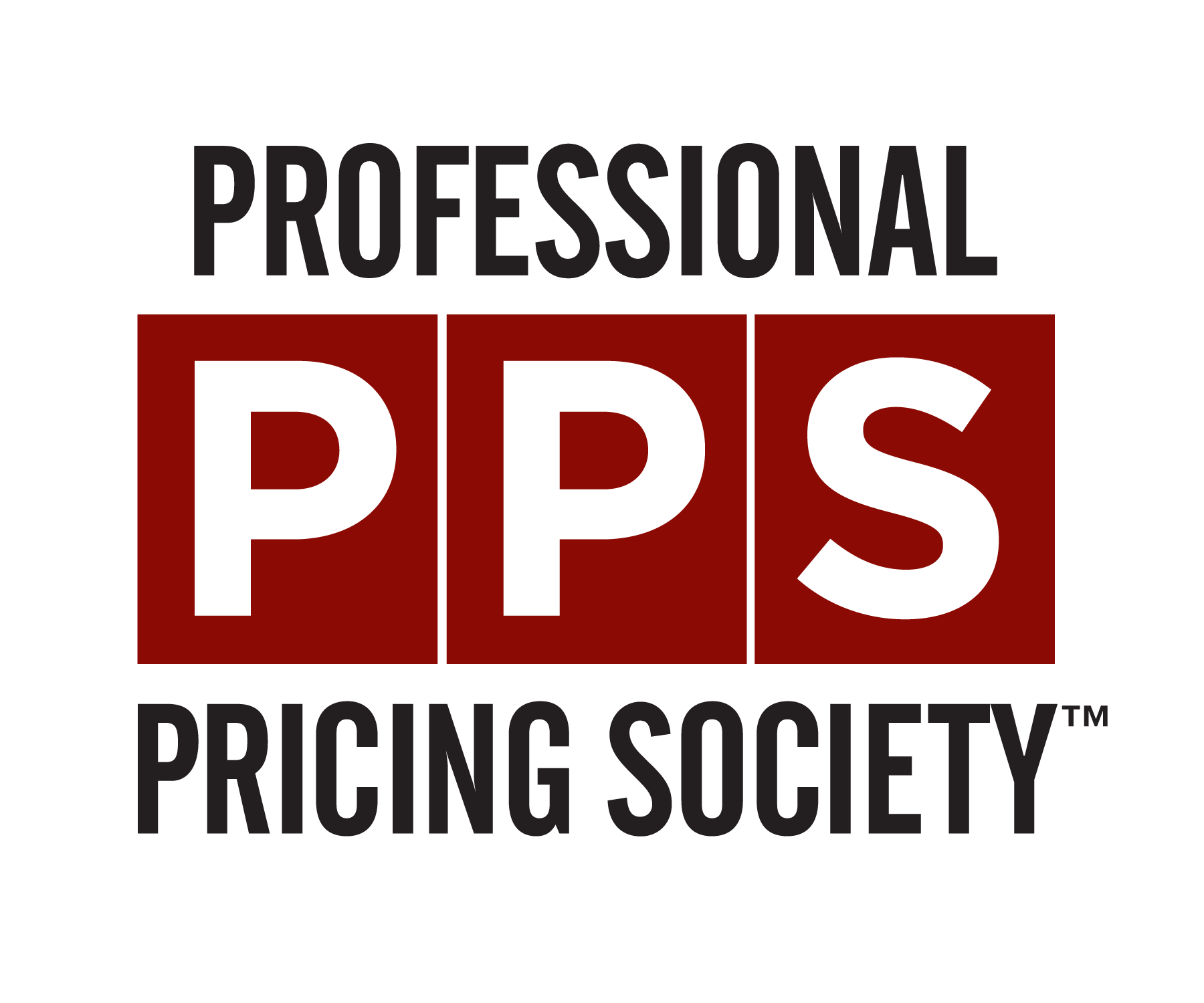Principles for B2B Pricing Through Inflation, Volatility, and Whatever’s Next
- terrence603
- Jun 11, 2024
- 4 min read

Author: Kaavya Muralidhar
In the last few years, inflation has had a significant impact on businesses, making pricing particularly challenging. At the same time, the possibility of an economic downturn creates an opposing pressure and makes the prospect of maintaining profitability and growth even more elusive. Businesses are faced with difficult choices, compounded by resistance of increasing prices.
In this article, I discuss recommended principles and focus areas that enable managing profitability through pricing during inflationary periods.
Focus on Value Drivers over Historical Precedent
Consider pricing a heavy duty conveyor belt with the ability for inclines sold to a shipping warehouse in Minnesota, with an expedited delivery, while costs have decreased 8% and competitors offer 10% discounts.
A reliance on precedent may involve segmenting all historical data to identify those historical transactions that were most similar. For example, perhaps lightweight conveyor belts with inclines were sold in California four times earlier this year with standard delivery. Therefore, a new price may be evolved based on that precedent – perhaps trying to maintain the same margin or incorporating pre-defined add-ons for changed configurations.
With this process, you’d be missing out! You maybe have sold the same type of product in California before, but what about the expedited delivery process or product differentiation? How should they contribute to price? it’s crucial to get a detailed, in-depth view into what actually drives value across your business, and what may be different in this particular case.
With detailed insight of your value-drivers, which can be derived through data analysis and AI explainability, you may observe that while expedited shipping drives a 4% price change in other states, perhaps in California, it may drive an 8% change. Additionally, you may see that the niche you have carved in this state for high quality Heavy Duty conveyor belts has really paid off, with the differential value offering you real pricing power to keep prices higher even as competitors decrease price, at least in the short term.
But how do you know when to explore a new strategy, and whether it’s working or not?
Focus on Experimentation over Replication
Several price strategies assume that staying within the range of what has worked in the past is the best approach for the future. Any history-based pricing analysis can only yield insights that applied in the past. For example, a cost plus method may stick to offering a certain margin above rising costs, without considering willingness to pay at higher prices, even as capital costs continue to rise. A competitor-benchmarking based strategy may assume that the value offered by your specific offering does not change under different circumstances.
These assumptions do not fare well in a fast-moving market, especially the unprecedented conditions following the COVID-19 pandemic. While it may seem self-evident new circumstances call for new strategies, the judgement calls that need to be made accurately for successful execution create high risk. How do you know what the right price strategy is, when you are in conditions that have never been seen before?
The key is to incorporate risk-adjusted price exploration, paired with an adaptive learning loop. With risk-adjusted price exploration, you are able to analyze different price points for the purpose of learning, while still keeping within a confidence bound of what you know to mitigate risk. The linchpin of this strategy lies in learning from and adapting to the result of these price explorations – what does it tell you about elasticity and willingness to pay in this new world? An adaptive learning loop incorporated into your pricing enables these changes to happen quickly and iteratively, minimizing the likelihood of getting stuck in a local maxima, or falling behind the times. This is crucial in being able to explore, learn, and adapt in unfamiliar market terrain.
Focus on Fluidity and Personalization over Rigidity
Even when the painstaking work is done to incorporate experimentation and analytics into decision making, the most costly challenge may lie in price execution. When using tools like Excel, by the time pricing analysts can simulate, analyze scenarios, apply changes to price lists, matrixes, or business rules, and step through a cumbersome process to upload these new prices to ERPs and CRMs, it is likely that the conditions have changed again and new data is available, requiring a restart from step one.
The challenge and cost of manual pricing may lead to another short-sighted trade-off: making a broad-stroke, sweeping price change across the business in an effort to catch up to an unexpected and major environmental change. If anything, this could incur more risk than not changing prices at all, by damaging customer relationships and eroding trust both within your company, and outside. Price sensitivity may vary greatly across each customer, across each product, depending on whether it is highly central to that customer’s business, and even the role that product plays in a given quote or contract.
The ability to be both fast and personalized comes from having systems that provide automatic in-built triggers for price changes, nuanced customer willingness-to-pay assessment based on historical data analysis, and auditable approval workflows. In short, having the automation systems take over accurate execution enables your teams to focus on strategic long-term decision making.
A well-executed pricing strategy during periods of inflation can make or break profitability for a business. Each of the above principles has a key role to play in ensuring success. A focus on value drivers enables to make personalized decisions that don’t leave money on the table. Leveraging feedback loops enables businesses to continue tuning, learning, and updating. Finally, empowering teams with tools to move fast and execute with speed enables to make the above happen efficiently and accurately




